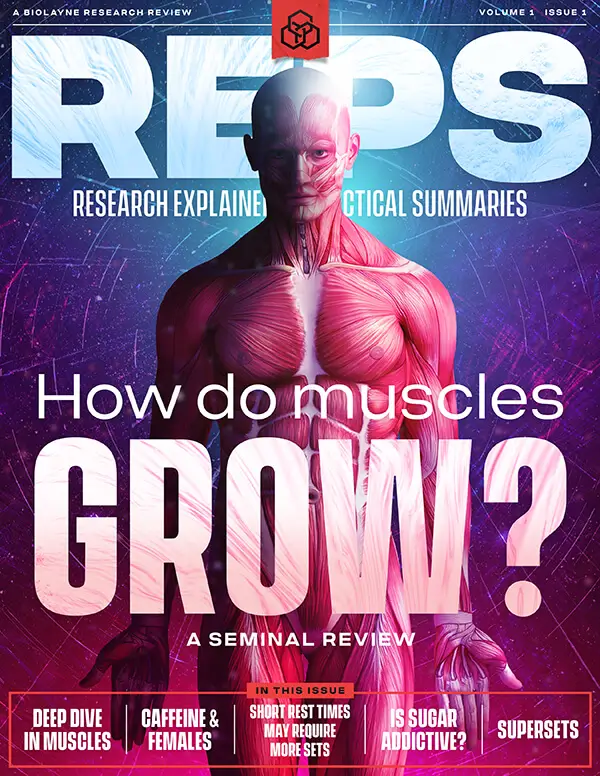This study tested whether maximal strength in the bench press and deadlift varied at six points across the menstrual cycle. In trained women, strength and stress perception were unaffected, though muscle pain increased slightly at certain phases without influencing performance. So, does cycle timing really matter when it comes to strength?
Overview
- What did they test? Ten strength-trained women took part in a six-arm crossover study examining whether menstrual cycle phase influenced maximal strength in the bench press and deadlift. Stress and pain perception were also measured to explore potential relationships with performance. All participants had regular menstrual cycles, were apparently healthy, and classified at least at an intermediate strength level.
- What did they find? There were no significant differences in bench press or deadlift strength (P = 0.73–0.99) or stress (P = 0.52) across the menstrual cycle. Muscle pain, however, did vary (P = 0.02). Compared with the early follicular phase, small effects were observed in the mid-follicular (d = 0.43) and late luteal (d = 0.37) phases.
- What does it mean for you? These results suggest that menstrual cycle phase does not affect maximal strength in the bench press or deadlift. Although muscle pain increased at certain points, it did not influence strength performance. Overall, performance across the cycle appears consistent, aligning with previous literature, so anticipating predetermined changes in advance is unnecessary. Training decisions should therefore be guided by individual responses rather than assumed cycle-related effects.
What’s The Problem?
While men have relatively stable levels of sex hormones, women experience fluctuations across the menstrual cycle (see Figure 1). These hormonal shifts are often thought to influence athletic performance and training adaptations in female athletes. You’ve probably heard of the idea of syncing training or performance testing with certain cycle phases to try to take advantage of supposedly more favorable hormonal profiles.
Figure 1
We first explored this topic back in Issue 11, where we reviewed a paper by Colenso-Semple et al. 1 that essentially “reviewed the reviews” available at the time. Their main conclusion was that menstrual cycle phases do not meaningfully affect strength performance or adaptations to resistance training. They also highlighted that many of the studies often cited in support of cycle-phase–based training had substantial limitations and should be interpreted with caution. The key takeaway was clear: don’t predetermine training based on cycle phase (and risk creating a nocebo effect). Instead, athletes should pay attention to how they feel and adjust when necessary.
In Issue 22, we looked at a newer review article that examined the concept of syncing strength with the menstrual cycle 2. This review suggested there may be small effects of cycle phase on maximal strength, particularly in the late follicular and ovulation phases. However, these effects were strongest in isometric tests (lab-based isolation measures), rather than in dynamic, compound lifts that are more relevant to strength athletes. The authors also separated findings across isometric, isokinetic, and dynamic strength, but given how strongly correlated these measures are, it seems unlikely that hormones would truly affect them differently. These apparent differences are more likely due to study noise and inconsistent methods. The included studies also had notable limitations, so while the review hints at possible phase-related differences, the evidence remains weak and inconclusive.
The current study takes a direct experimental approach, aiming to address some of these gaps by using dynamic strength tests, measuring performance across more phases of the cycle, and applying stricter methods for determining cycle phase.

Purpose
The study aimed to examine maximal dynamic strength across six menstrual cycle phases, using compound upper- and lower-body lifts to test for any phase-related differences. It also assessed well-being and pain to explore whether these factors were linked to performance across the cycle.







